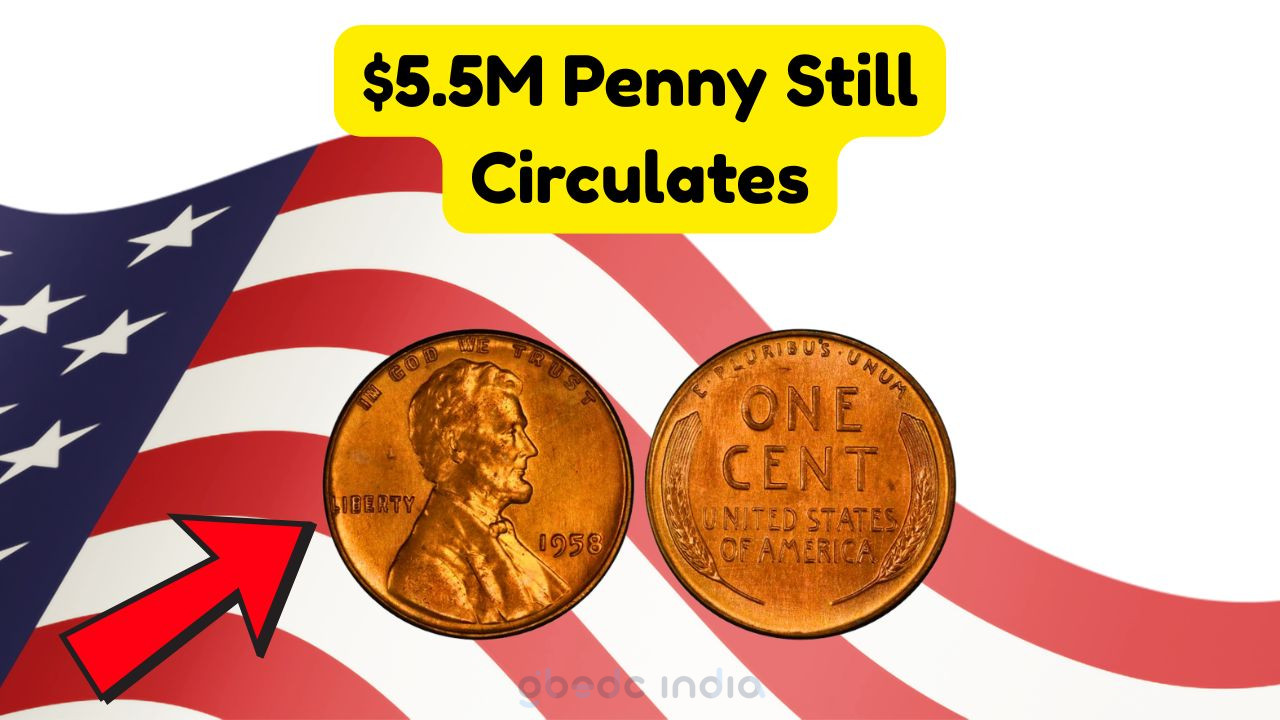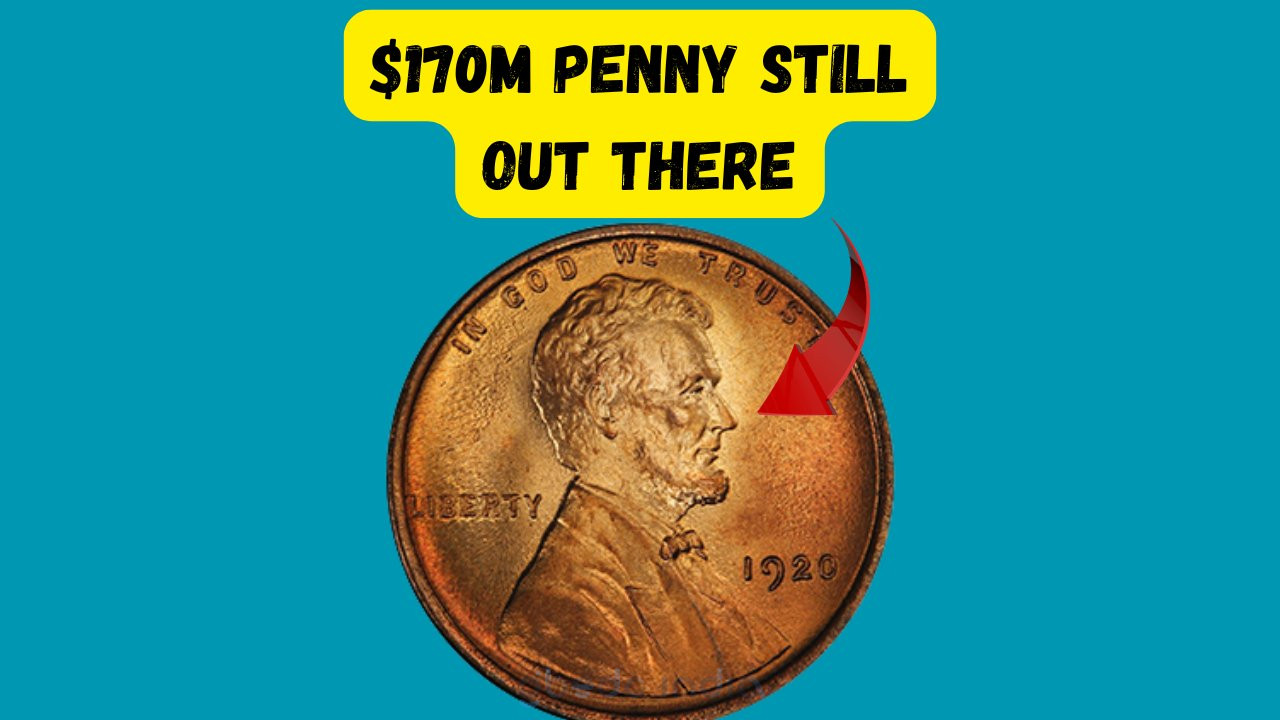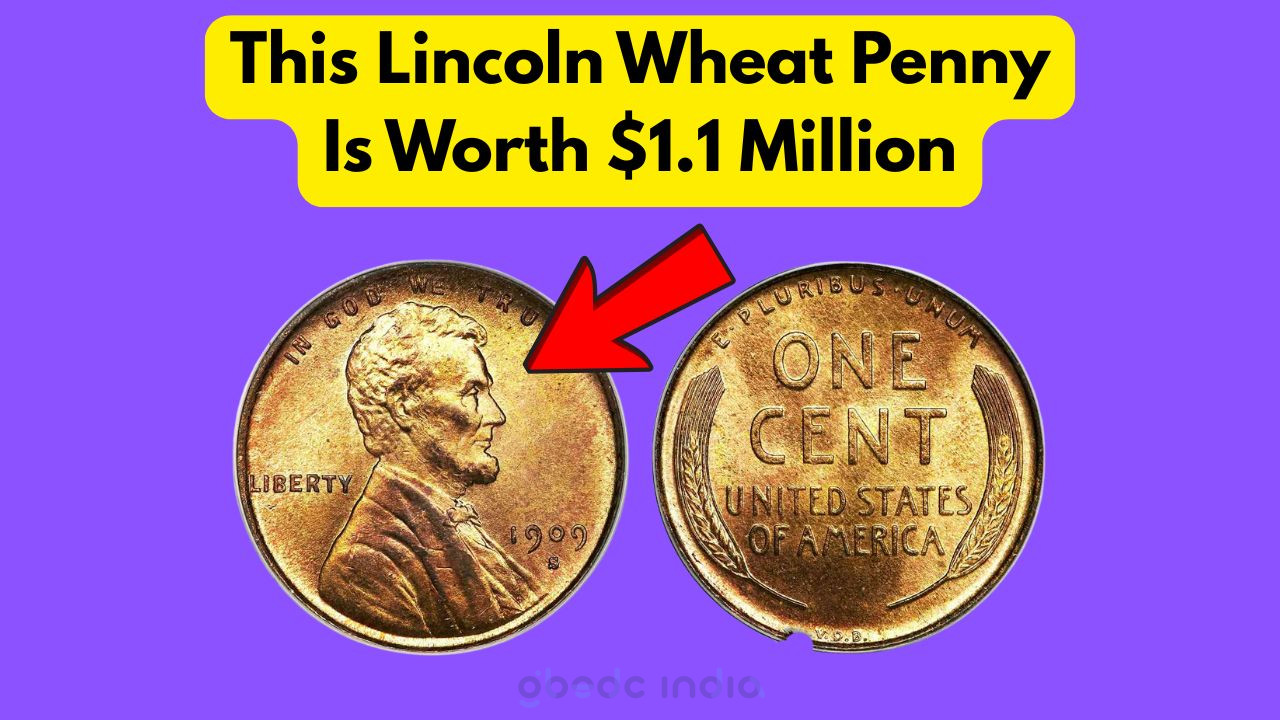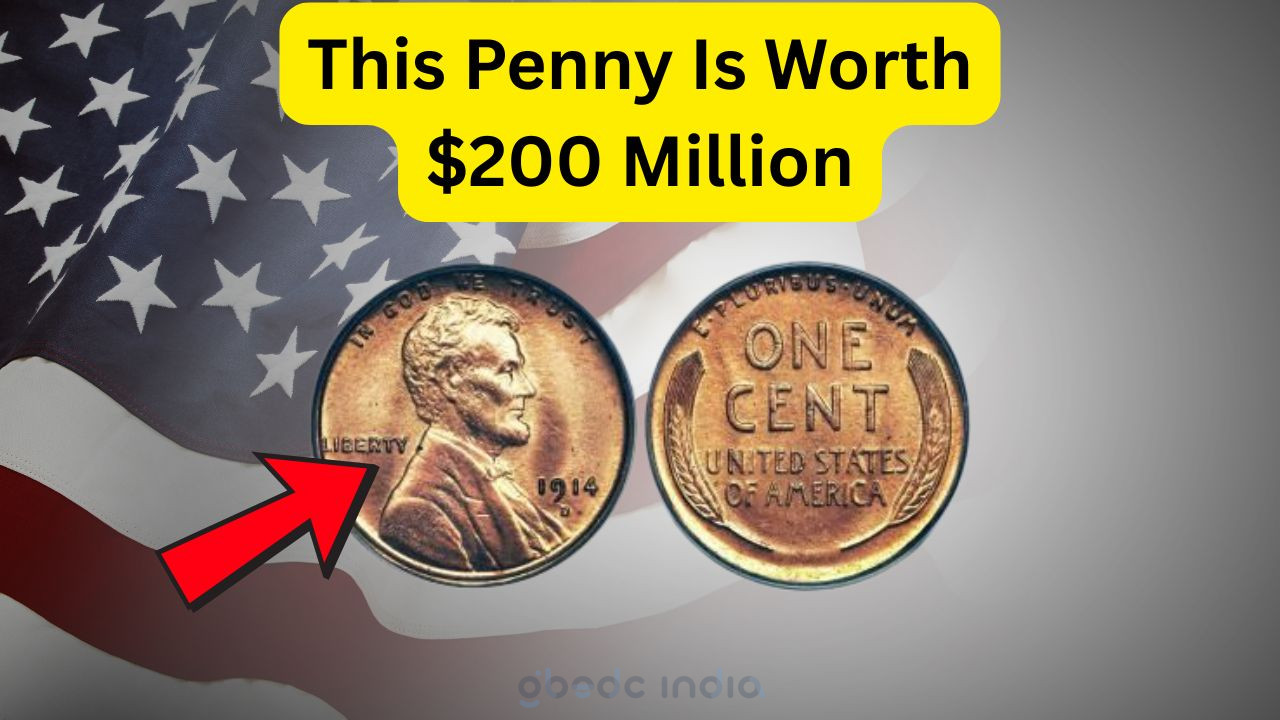Lincoln Wheat Penny
Understanding the Value of the Lincoln Wheat Penny
The Lincoln Wheat Penny, a seemingly ordinary coin, holds a remarkable place in the world of numismatics. Introduced in 1909, this penny was minted to commemorate the centennial of Abraham Lincoln’s birth. While billions were produced, certain variations and mintages of this coin are valued at astonishing amounts today. The most notable among them fetched a staggering $3,877,500 at an auction, highlighting its worth in the eyes of collectors and historians alike.
- Historical Significance: The Lincoln Wheat Penny was the first U.S. coin to feature a real person, marking a shift from classical imagery to honoring American leaders.
- Key Variations: Some of the rarest versions include the 1909-S V.D.B. and the 1943 bronze cent, both incredibly sought after by collectors.
- Design Features: Designed by Victor David Brenner, the obverse features Lincoln’s profile, while the reverse showcases two wheat stalks, symbolizing prosperity.
- Minting Locations: Coins were primarily minted in Philadelphia, Denver, and San Francisco, each carrying distinct mint marks affecting their values.
- Material Changes: During World War II, due to copper shortages, pennies were made from steel and coated with zinc, leading to unique collectible errors.
- Collecting Appeal: The blend of historical context, design, and rarity makes these coins highly desirable among numismatists.
- Value Factors: Condition, rarity, and historical importance are key factors determining a Lincoln Wheat Penny’s market value.
Rare Lincoln Wheat Penny Varieties
Several rare varieties of the Lincoln Wheat Penny captivate collectors and investors. The 1909-S V.D.B. edition, minted in San Francisco, features the designer’s initials and is one of the most coveted. Another intriguing variety is the 1943 bronze penny, a result of a mint error during the war years when pennies were generally made from steel. These rare coins can command prices that soar into the millions, turning a simple penny into a treasure trove.
| Year | Mint Mark | Variety | Material | Estimated Value | Circulation | Notable Sales | Comments |
|---|---|---|---|---|---|---|---|
| 1909 | S | V.D.B. | Copper | $750,000 | 484,000 | $2,000,000 | Highly sought after |
| 1914 | D | Standard | Copper | $150,000 | 1,193,000 | $350,000 | Famous Denver issue |
| 1922 | No D | Plain | Copper | $80,000 | Unknown | $200,000 | Mint mark omission |
| 1931 | S | Standard | Copper | $100,000 | 866,000 | $150,000 | Low mintage |
| 1943 | P | Bronze | Bronze | $1,750,000 | 20 | $3,877,500 | War-time error |
| 1944 | D | Steel | Steel | $300,000 | Unknown | $400,000 | Transitional error |
| 1955 | P | Double Die | Copper | $125,000 | Unknown | $150,000 | Unique doubling |
| 1969 | S | Double Die | Copper | $350,000 | Unknown | $500,000 | Famous error |
Collecting Lincoln Wheat Pennies
Collecting Lincoln Wheat Pennies is a rewarding hobby for many coin enthusiasts. This series presents an accessible entry point due to its historical significance and the sheer number of coins produced. For beginners, focusing on completing a set from 1909 to 1958 is a popular strategy. As collectors gain experience, they often pursue rarer varieties, investing in professional grading to authenticate and assess the condition of their coins.
- Getting Started: Begin by gathering common pennies from circulation, flea markets, or estate sales to build a foundational collection.
- Understanding Grading: Familiarize yourself with the Sheldon Scale, which ranges from 1 (Poor) to 70 (Mint State), to evaluate a coin’s condition accurately.
- Investing in Key Dates: Identify key dates and mint marks that are more valuable, such as the 1909-S V.D.B. and 1914-D.
- Storage Tips: Use proper storage techniques, such as coin sleeves or albums, to protect your collection from damage and tarnish.
- Joining Numismatic Societies: Engaging with communities and societies can provide valuable insights and opportunities to acquire rare coins.
Tips for Identifying Rare Pennies
Identifying rare Lincoln Wheat Pennies requires keen observation and knowledge. Collectors should pay attention to mint marks, errors, and the overall condition of the coin. Magnification tools can help spot details like doubling or mint mark omissions that are not visible to the naked eye. Additionally, consulting reputable coin catalogs and price guides can offer guidance on assessing the rarity and value of a specific penny.
- Check the Mint Mark: Look for small letters beneath the date, indicating the mint location (e.g., ‘S’ for San Francisco).
- Spotting Errors: Errors such as doubling or missing elements can significantly increase a coin’s value.
- Consulting References: Utilize numismatic literature and online resources to verify the authenticity and rarity of a coin.
- Grading Services: Professional grading services can authenticate and encapsulate coins, providing peace of mind for collectors.
Investing in Lincoln Wheat Pennies
Investing in Lincoln Wheat Pennies can be a profitable endeavor, particularly for those with an eye for detail and a passion for history. These coins offer a unique blend of historical and financial value, making them attractive to both collectors and investors. The potential for significant returns on rare varieties adds excitement to the pursuit, while the historical context of each coin enriches the collecting experience.
| Investment Type | Potential Return | Risk Level |
|---|---|---|
| Rare Varieties | High | High |
| Complete Sets | Moderate | Moderate |
| Graded Coins | High | Low |
| Uncirculated Coins | Moderate | Low |
| Bulk Purchases | Low | High |
| Error Coins | High | High |
| Historical Pieces | Moderate | Moderate |
| Long-term Holdings | High | Low |
Frequently Asked Questions about Lincoln Wheat Pennies
What makes a Lincoln Wheat Penny valuable?
Several factors contribute to a Lincoln Wheat Penny’s value, including its rarity, mint mark, condition, and any unique errors or variations it may have.
How can I identify a rare Lincoln Wheat Penny?
Identifying a rare penny involves checking for specific mint marks, unusual errors, and consulting numismatic guides for key dates.
Where can I sell my Lincoln Wheat Pennies?
Lincoln Wheat Pennies can be sold through auctions, coin dealers, online marketplaces, or numismatic conventions.
Is it worth getting my Lincoln Wheat Penny graded?
Grading can increase a penny’s value, especially if it is rare or in excellent condition, providing it with official authentication and protection.
Can Lincoln Wheat Pennies still be found in circulation?
While rare, Lincoln Wheat Pennies occasionally appear in circulation, often leading to excitement among collectors when discovered.






